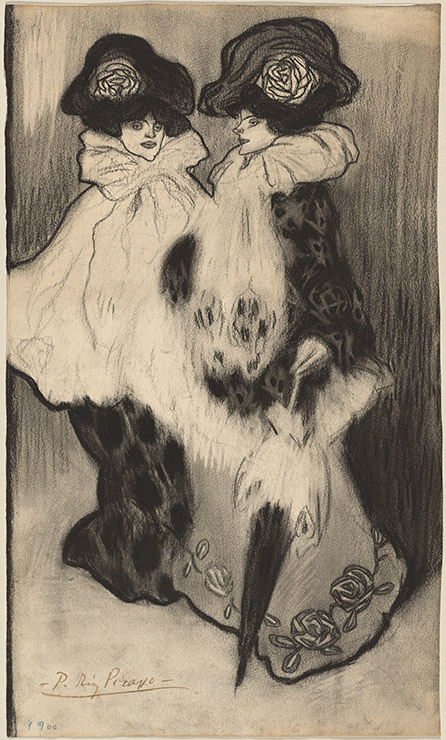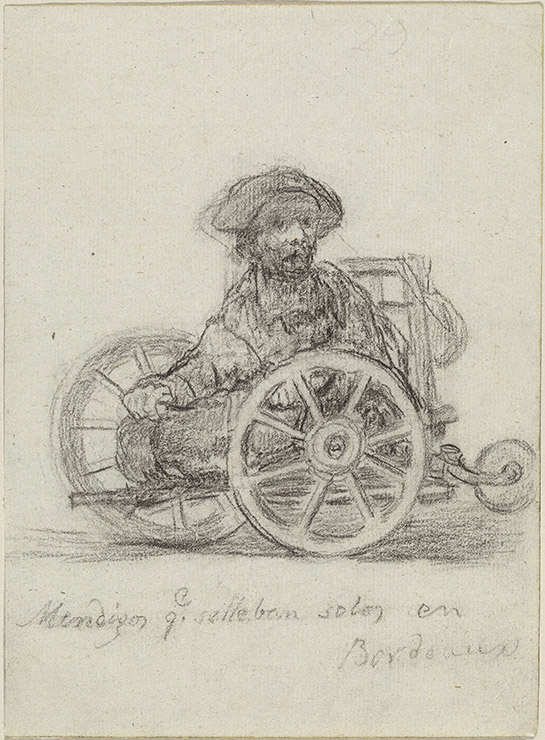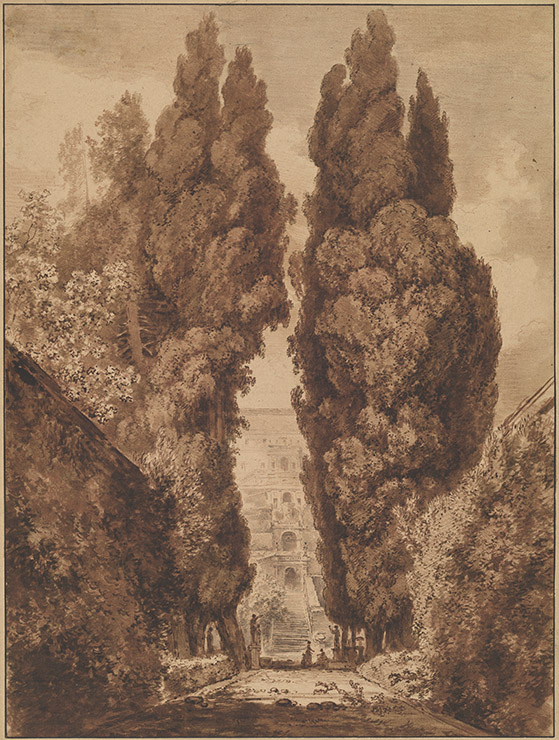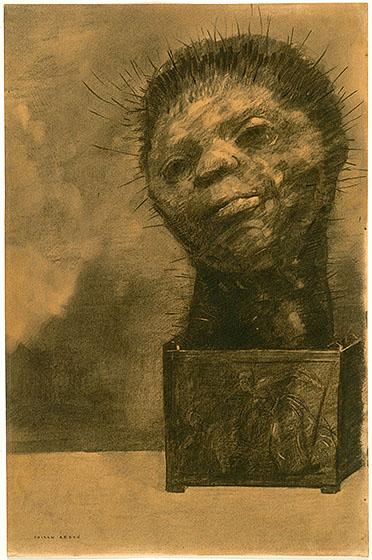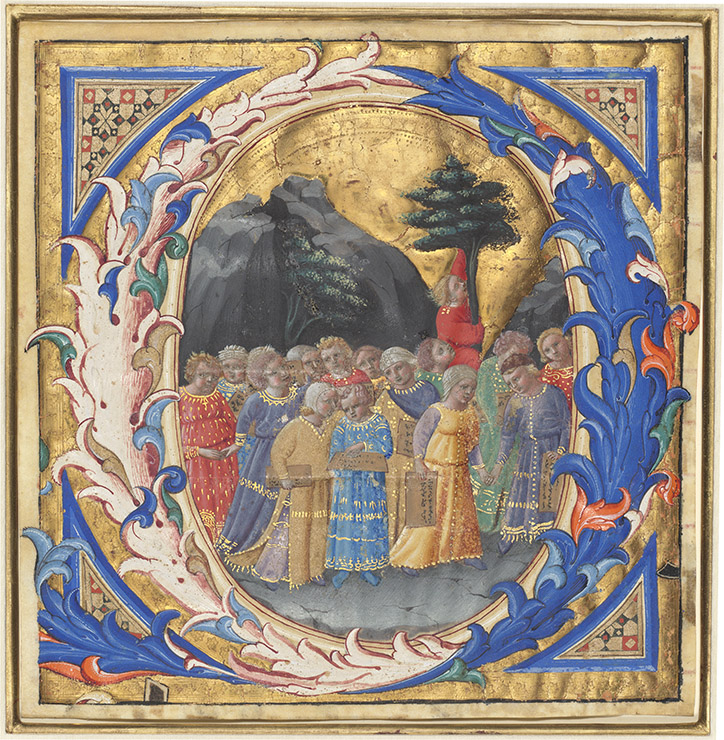Brian Anthony Wilson is Thurgood Marshall in Olney Theatre Center's production of Thurgood/Photo by Stan Barouh
If I were a high school political science, American history or civics teacher, I would require my students to see Thurgood and write a paper about what they saw and learned.
We don't know enough about American history and critical events of 50, 60 years ago, but George Stevens, Jr.'s Thurgood now onstage at the Olney Theatre Center offers a glimpse of what was happening in the civil rights arena. It is shameful.
Brian Anthony Wilson is Thurgood Marshall in Olney Theatre Center's production of Thurgood/Photo by Stan Barouh
Brian Anthony Wilson is Thurgood Marshall (1908-1993) in the one-man autobiographical show, whose presentation is heightened by excellent sound effects (by Roc Lee), direction (Walter Dallas), lighting (Harold F. Burgess II), scenics (Paige Hathaway), and projection design (Zachary G. Borovay), all which play critical roles in this success.
Powerful and domineering, Wilson enters the stage in a three-piece suit, of course, bent at an almost 45 degree angle and aided by a cane. Over time in the production, he removes his coat and gradually straightens up as he regains his youth, shedding years as he returns to that time of his life and tells some stories.
Wilson never fails to convince us that he's the man, taking audience members to what one wishes were a far-away land, that these things didn't happen, that it was a nightmare no one lived, and yet, they did. It is easy to forget who is in the landscape.
In his law practice and as head of the NAACP's Legal Defense Fund, Thurgood Marshall successfully argued 29 of 32 cases before the U.S. Supreme Court, including the most famous, Brown v. Board of Education of Topeka in 1954 which the Supreme Court unanimously affirmed "separate but equal" public school facilities were unconstitutional, overturning Plessy v. Ferguson of 1896.
Marshall was the first black U.S. Solicitor General and the first black justice on the U.S. Supreme Court, nominated by President Lyndon Baines Johnson in 1967.
Swearing in Marshall to the Court was Justice Hugo Black, a former member of the Ku Klux Klan. Marshall served 24 years and retired when his health declined. One of his law clerks was current Supreme Court Justice Elena Kagan.
The show's excellent set design appears at first rather orderly and serious, like a courtroom where Justice Marshall spent much of his life, with four leather chairs, a rectangular table, a podium, the American flag, and the flag of the District of Columbia, the home of Howard University where Mr. Marshall attended law school after the University of Maryland rejected him because of his race.
(Lest anyone forget about its famous alumnus, a big banner proclaims "Howard University Welcomes Thurgood Marshall.")
While Justice Marshall describes his life, scenes from his past with important characters flash for a few seconds on the big, grey wall behind him.
Sound is critical, and everything is perfectly timed from the train to the trolley, to the music, to the haunting car's engines and its lights which convey what could have been a violent scene near Columbia, Tennessee.
Lighting is precise as the spotlight follows Wilson from one end of the stage to the other, as he walks, sits, removes his coat, and continues movements and mannerisms.
Some theatregoers may resist a one-man show, but none I have seen have ever failed to disappoint in subject, script, and set. I think of Kaiulani Lee, captivating as Rachel Carson in A Sense of Wonder at George Mason University, and I wonder why she and Wilson are not on the road 365 days a year presenting their characters and teaching, reminding us about the education and awakening we missed or ignored.
Other Olney crew team members are Seth Gilbert, costumes; Anne Nesmith, wig designer; Ben Walsh, production stage manager; and for the Olney, Debbie Ellinghaus, managing director; and Jason Loewith, artistic director.
What: Thurgood
Where: Olney Theatre Center, 2001 Olney-Sandy Spring Road, Olney, MD 20832
When: Wednesday through Saturday at 7:45 pm; matinees on Saturday and Sunday at 1:45 pm Wednesday matinee August 9 at 1:45 pm. Now through August 20, 2017.
If requested, an audio-described performance for the blind and visually impaired on Wednesday, August 2 at 7:45 pm and a sign-interpreted performance on Thursday, August 10 at 7:45 pm.
Talkbacks after Saturday matinees on August 5 and August 12.
How much: Tickets begin at $45 with discounts for seniors, groups, military, and students. Tomorrow's matinee is sold out and there is limited seating for many of the remaining performances.
Ages: Parental guidance
Duration: 90 minutes with one 15-minute intermission
Refreshments: Available and may be taken to seats
Parking: Free, nearby, and plentiful on-site
For more information and tickets: 301-924-3400 for the box office or 301-924-4485
patricialesli@gmail.com


